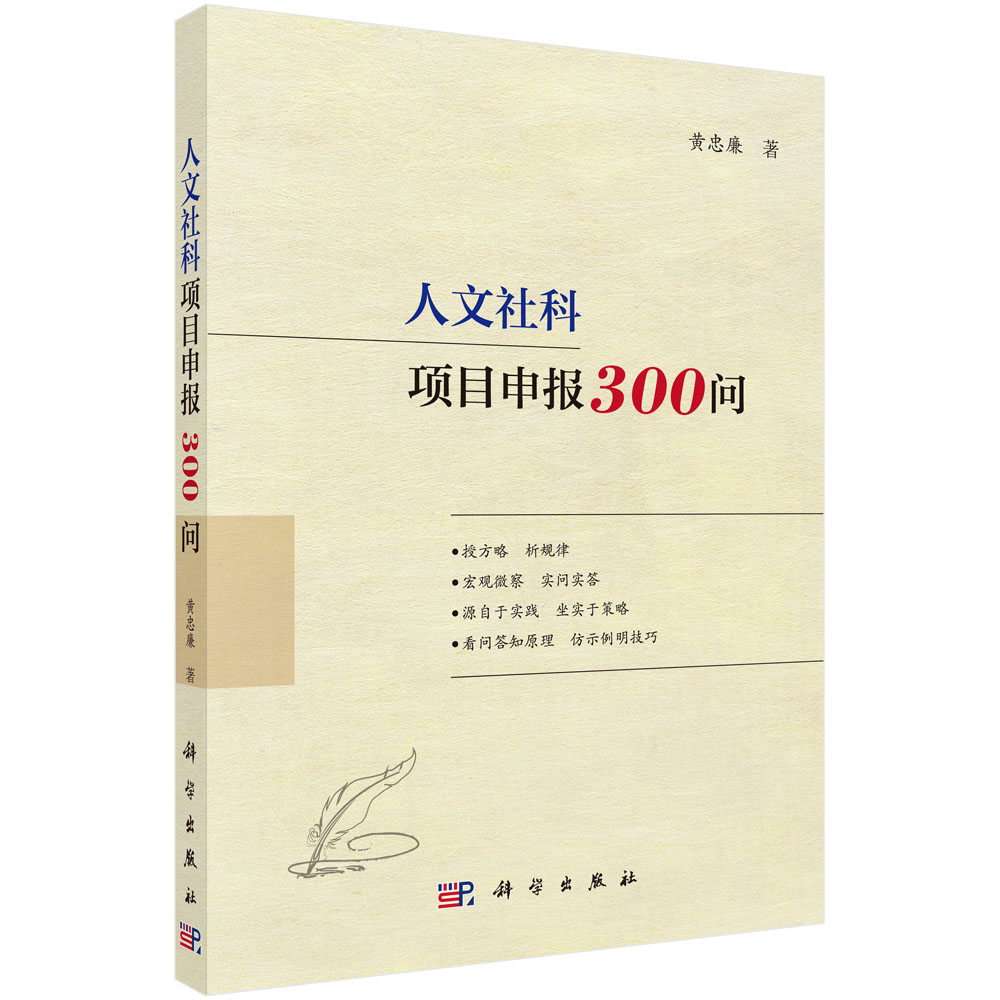全部商品分类
> ATLAS OF HEMORRHAGIC FEVER WITH RENAL SYNDROME




















This is a comprehensive atlas of hemorrhagic fever with renal syndrome(HFRS)written on the basis of long time and multidisciplinary studies by the authors.The book is characterized by:(1)a concise description of the disease with abundant pictures that provide the reader with an overall knowledge of HFRS and its causative agent,Hantavirus:(2)a proper combination of practical applications such as identification and diagnosis of the virus per se,and of basic studies such as ultrapathology and genomic mapplng to satisfy the needs of readers at different levels:(3)novel contents comprising predominantly of domestic materials from China in combination with materials from abroad.It is the first atlas of the sort published concurrently in English and Chinese to meet the needs of a broad spectru m of readers,including clinicians,epidemiologists,virologists,microbiologists,and those engaged in molecular biology of viruses.
The atlas consists of three parts.Part Ⅰ includes:geographical dlstrlbution,main animal reservoirs,clinical manifestations,histopathology,immuno pathology,genomic(RNA),polypeptide profiles of HFRS virus,etc.,providing an outline of fundamental knowledge of HFRS as a whole disease entity.Part Ⅱ concentrates on virus morphology as seen by thin section,negative staining as well as immune electron microscopy that leads to correctly recognizing and identifying the virus of HFRS,the newly recognized infectious agent of medical importance.Part Ⅲ emphasizes ultrapathology of cells infected by HFRS viruses and morphogenesis of the virus,providing the reader with the first-hand materials of pathogenesis of HFRS virus.
- 暂时还没有任何用户评论
全部咨询(共0条问答)
- 暂时还没有任何用户咨询内容